Night time cloth diapering is a bit different than daytime diapering. One big similarity is that there are many options out there and a diapering combination might work well for one baby but might not work at all for the next. Below are a few things to consider when looking for a night time cloth diapering system.
| 2.5 months old with a fluff butt |
Absorbency
A diaper that allows you to increase the amount of inserts or soakers is something you will want to consider. By being able to control the level of absorbency in your diaper you will have more success in staying dry through the night. Two different types of diapers that I know work well for this are fitteds and pocket diapers. The big difference between the two is that you will need a cover to go over your fitted diaper but won’t need one for the pocket.
Fit
Some moms and dads choose not to cloth diaper at night because when they do find a good night time diaper it ends up being so bulky and large that no pajamas fit over their little one’s tush. More than likely they were using a pocket diaper. Being able to stuff a pocket diaper enough to cover your absorbency needs can lead to big fluff butt. But if you don’t mind a little more junk in the trunk that by all means try your favorite pocket with another insert or two. A fitted diaper may require a cover but it does leave a more trim tush even if you add in a few more soakers.
To see my son in his nighttime diaper cuteness when he was an itty bitty check out this blog post.
Inserts/Soakers/Doublers
First let me start out by defining the three items I mentioned above. Then we’ll get to what material you can choose to use with each.
Inserts
Pocket Cloth Diaper Inserts are several layers of absorbent fabric sewn together in a long, trim shape that slip in between the outer waterproof layer & inner stay-dry layer of a pocket cloth diaper. Without the insert, a pocket cloth diaper is not absorbent at all.
Soakers
The term soaker is used for two different things. First, this word refers to the middle layer of the diaper. Often this layer is made of a different fabric than the rest of the diaper, one that is more absorbent. The term soaker is also use in reference to wool or polar fleece diaper covers. Unlike other diaper covers, wool and polar fleece are water resistant, rather than waterproof. They do allow some wetness to wick through from the diaper but still manage to keep babies’ clothes dry.
Doublers
This term is often used interchangeably with liners perhaps because they do overlap from time to time. Doublers are thick rectangular pads that can be inserted between your baby’s bottom and the diaper to provide extra absorbency. These are great for heavy wetters or for night-time use.
Material
The material that your is made out of will have a lot to do with its absorbency and how many inserts you will actually need. The most common insert material used is microfiber. And while microfiber is very absorbent it can be a bit bulky. Below is a breakdown of the different options for your inserts.
Microfiber
A polyester blend fabric that can hold 3-4 times its own weight in liquid. Microfiber is also quick-absorbing & inexpensive, making it a great option for diaper inserts. One microfiber insert is usually enough for a young baby. Around age 6 months, you may find that your child requires 2 microfiber inserts.
Hemp
Another popular fabric used to make pocket diaper inserts. Hemp is even more absorbent than microfiber, and is even more trim. Hemp is also a natural fiber that resists mold & bacterial growth naturally. Hemp is a great diaper insert choice for a heavy wetting child.
Microfiber & Hemp inserts can also be used simultaneously when extra absorbency is needed. Place the microfiber insert on top of the hemp insert and then put both inserts into the pocket diaper. Many parents find this to be the perfect solution for their children because they get the Benefit of quick-absorbing microfiber plus the super absorbency of hemp.
Prefolds
Both cotton & hemp prefolds can be used as inserts for pocket diapers as well. Cotton prefolds can usually provide enough absorbency for a regular to moderately heavy wetting child. Hemp prefolds are necessary for super heavy wetters and toddlers during long periods between changes such as nap time and over night.
| You know you have to go up a size when… |
Breathability
The breathability of your night time cloth diaper has more to do with your diaper cover if you are using a fitted diaper. There are a few options for cloth diaper covers out there. And I’m familiar with two. Covers made out of PUL and wool covers. And the cover that breathes the best? Wool. Hands down. But some people prefer a PUL cover because if you have a nighttime pooper the PUL will keep it in and wool wont. Plus some people are a little intimidated by washing wool. You can’t just throw wool covers into a washing machine or dryer. I’ll be covering that in an upcoming post!
My favorite nighttime diapering solution:
For my son – the heavy wetter
A bububebe fitted diaper with all 3 soakers snapped in
An Artsy Fartsy Foo Foo hemp insert
A Sustainable Babyish wool soaker (or longies in the winter)
For my daughter – not so heavy wetter
A bububebe fitted diaper with 2 soakers snapped in
A Sustainable Babyish wool soaker (or longies in the winter)
Don’t have the money to invest in these items? Buy them used on a variety of forums including Spots Corner, Swap Spot and Diaper Swappers. And don’t forget your local Craigslist! You might find local cloth diaperers that might want to swap and trade with you.
Do you have an awesome nighttime solution? What is your tried and true combination?
Sources: The Diaper Pin, Cutie Tooties


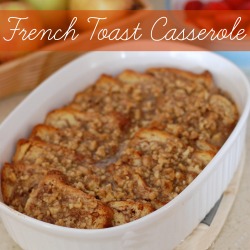
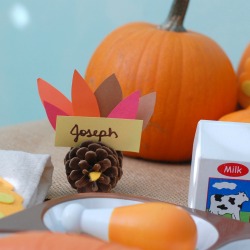
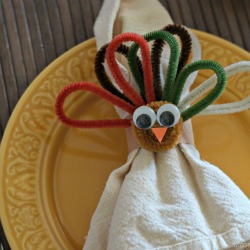
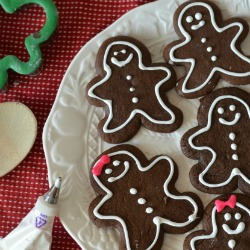
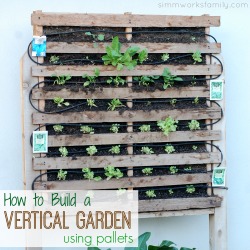

[…] old night time cloth diapering solution just wasn’t cuting it and I needed a […]